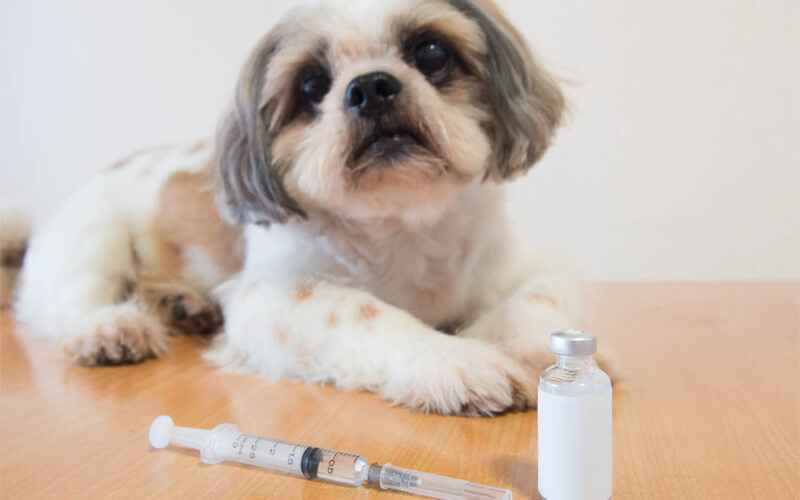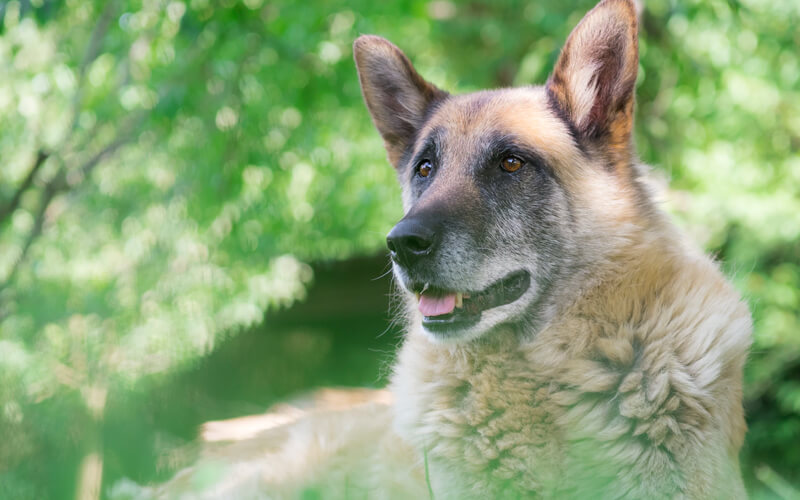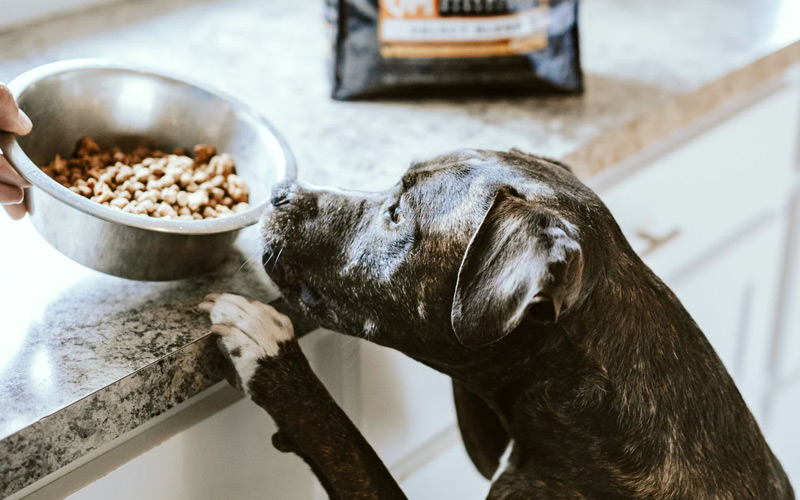Diabetes in Dogs – Knowing the Warning Signs
For many, there is nothing worse than knowing that a pet is suffering. Especially when symptoms can be treated to ease their discomfort. Diabetes in dogs presents itself in several ways and knowing the signs is helpful. Even more, understanding why it occurs can be helpful in keeping the effects of the illness at bay.

Diabetes mellitus, otherwise known as “sugar diabetes” is commonly found in canines. The illness arises when dogs are unable to metabolize enough sugar. To understand this chronic disease, it’s helpful to know why a dog cannot process their food in a healthy way.
Understanding Glucose & Insulin
Diabetes in dogs occur when there is a breakdown of the process of converting food nutrients into energy.This energy is meant to power the body’s cells. To do this, your dog’s body is managing two things:
Glucose:
Glucose is essential fuel for your dog’s cells. When they digest food, their body breaks down some of the nutrients into glucose. Glucose is a type of sugar that is a vital source of energy for certain body cells and organs. The glucose is absorbed from the intestines into the blood, which then transports the glucose throughout the body.
Insulin:
Insulin is in charge of delivering the fuel created by the glucose. Meanwhile, the pancreas releases the hormone insulin into the body. Insulin acts as a “gatekeeper” telling cells to grab glucose and other nutrients out of the bloodstream to use them as fuel.
What is Diabetes in Dogs?
When a dog has diabetes it means that the glucose-insulin process is not working properly. Diabetes in dogs manifest in two way.
Insulin-deficiency Diabetes
If your dog’s body is not producing enough insulin they will start showing signs of diabetes. If the pancreas is damaged or not functioning properly it cannot produce proper amounts of insulin. Dogs with this type of diabetes require daily injections to replace the missing insulin. This is the most common type of diabetes in dogs.
Insulin-resistance Diabetes
When your dog’s pancreas is producing some insulin, but his body is not utilizing it as it should, insulin-resistant diabetes will occur. This means that cells are not responding to the insulin’s “message”. Therefore, glucose is not transferring from the blood into the cells properly. This type of diabetes occurs more often in older, obese dogs.

Also, female dogs can develop temporary insulin resistance while in heat or pregnant.
Signs of Diabetes in Dogs
Now that you know how diabetes works, you may be wondering how to spot the disease in your pet.
Early warning signs of diabetes in dogs are:
- Increase in appetite
- Frequent urination
- Unexplained weight loss
- Lab results showing high glucose levels in the blood and urine
More advanced symptoms include:
- Lethargy
- Loss of appetite
- Vomiting
- Dehydration
- Weakness
- Coma
Treating Diabetes for Your Furry Friend
Now that you know what to look for, is your dog exhibiting any of these signs? Noticing the early warning signs and acting on them could save your pet’s life. Contact your veterinarian immediately if you feel that your pet displays any of these symptoms.
Diabetes in pets is typically manageable with dietary control, exercise and daily insulin shots.

- Diet – Your veterinarian will recommend the best type of diet for your diabetic dog. Usually this will includes good-quality protein, along with fiber and complex carbohydrates that help to slow absorption of glucose. Your vet may also recommend a diet with a relatively low fat content.
- Exercise – To help avoid sudden spikes or drops in glucose levels, it is especially important that diabetic dogs maintain a moderate but consistent exercise routine.
- Injections – Most diabetic dogs require daily shots of insulin under the skin. As the ‘Dog parent’ you will have to learn how to do this. Although it’s understandable to be apprehensive about doing this, it is not as hard as it might sound. It usually becomes a quick and easy daily routine that is not at all stressful for either dog or owner.
For More Information
If you have questions about this topic or general questions about pet care, you can contact Kara Jenkins, Owner of TLC House & Pet Sitting. We are also available by email at info@tlcpetsitter.com. View more of our articles on pets here.
If you have questions about this topic or general questions about pet care, you can contact Kara Jenkins, Owner of TLC House & Pet Sitting. We are also available by email at info@tlcpetsitter.com. View more of our articles on pets here.
